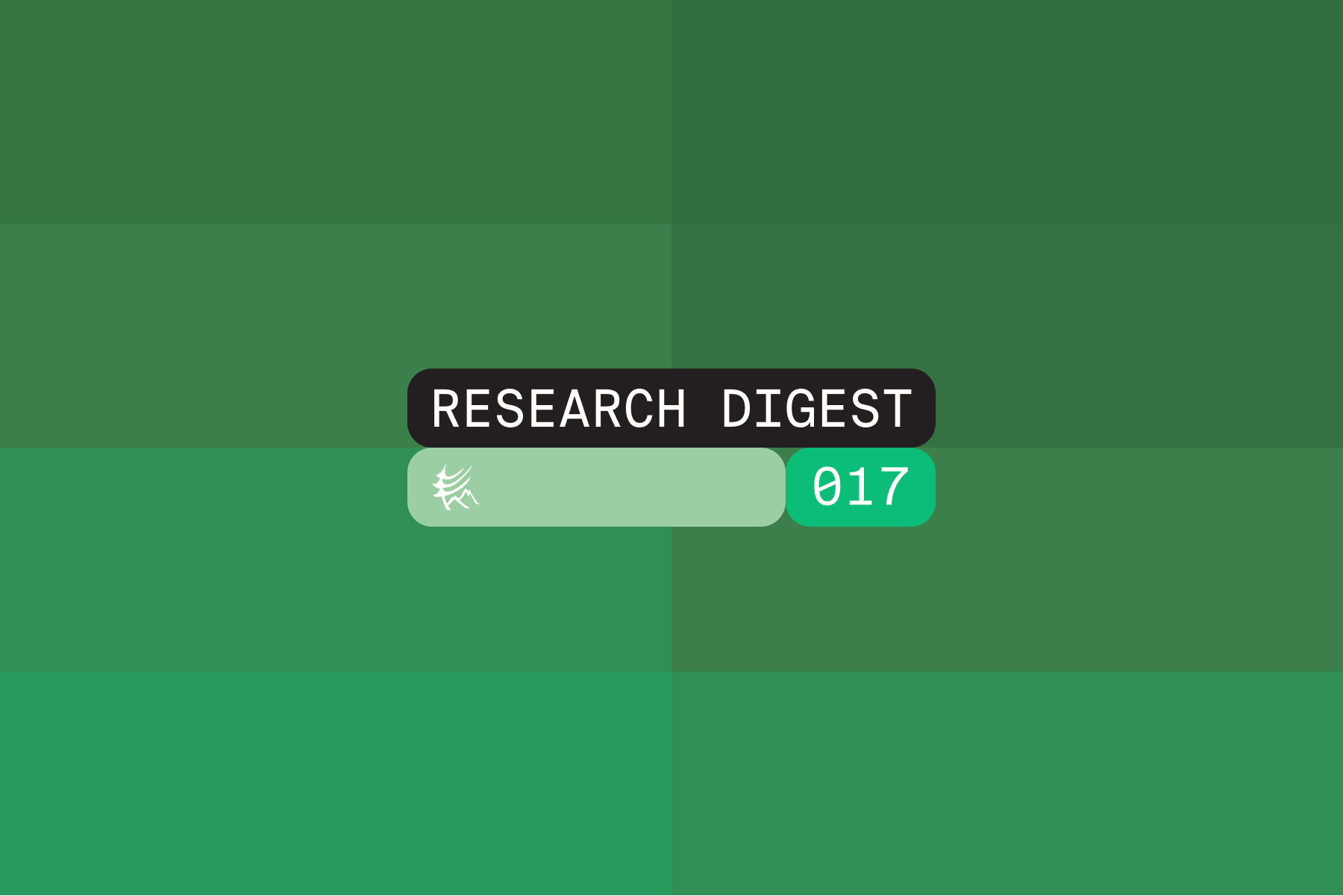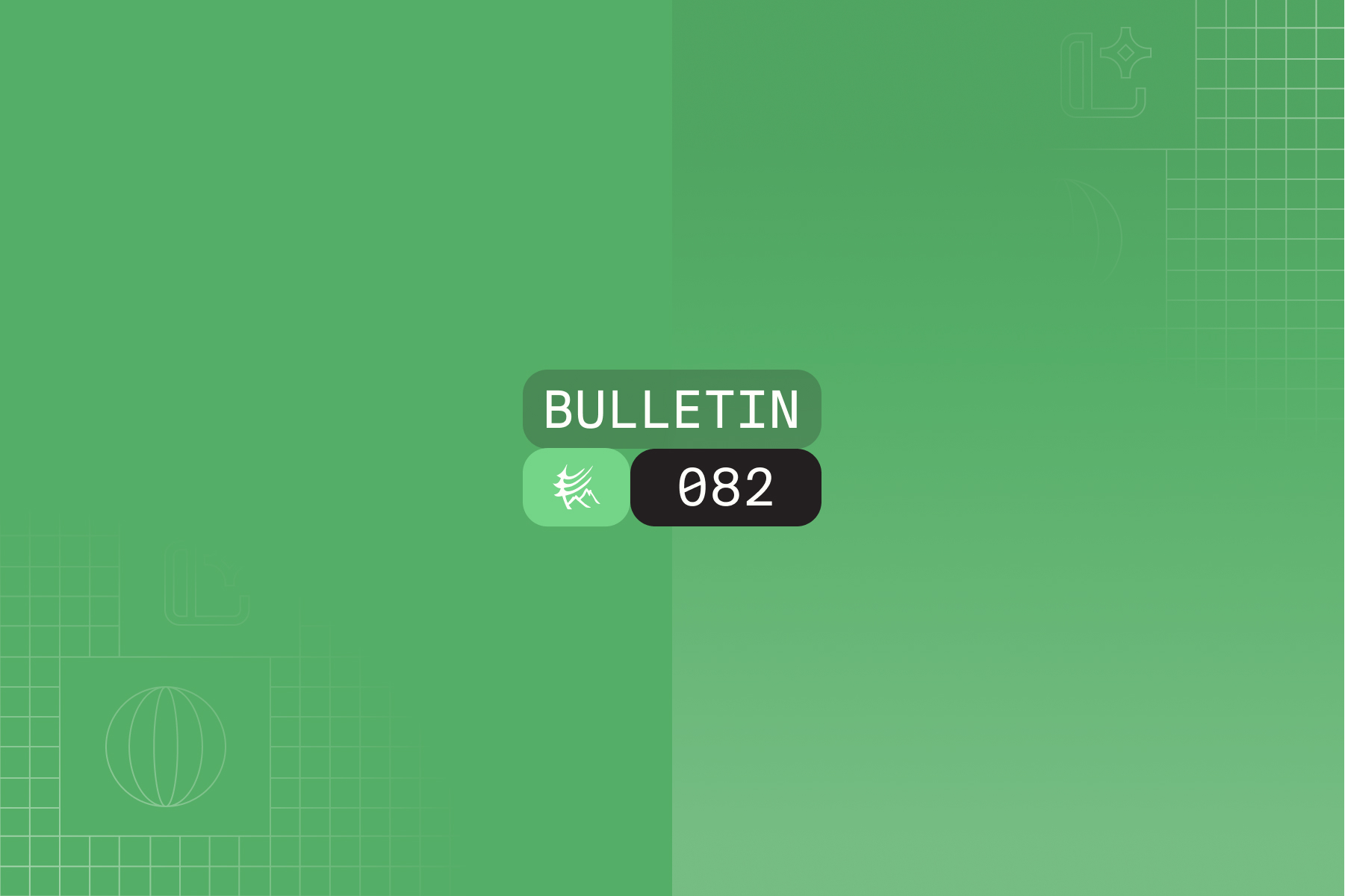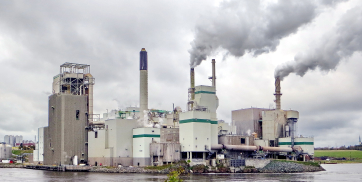How the Super-Emitter Response Program Affects Operators: Amendments to EPA Subpart OOOOb, Part 1
The Environmental Protection Agency (EPA) has now formally adopted, the methane rule (written in the federal regulations as two new subparts for petroleum and natural gas systems: New Source Performance Standards (NSPS) OOOOb and Emissions Guidelines (EG) OOOOc). The EPA developed these subparts to limit methane emissions by tightening operational standards and increasing monitoring requirements — which includes the authority of third parties to report super emitter emission events. Here, we delve into the political tug-of-war leading to these regulations, provide a high-level overview of what is subject and when, and, most importantly, analyze how the super-emitter regulations affect operators.
This is part one of a two-part series. In this article we will introduce the methane rule and explore important details regarding the Super Emitter Response Program, including how this will impact emissions inventory reporting. In part two we will explore in detail updates since our previous article discussing methane emissions monitoring requirements and regulatory framework for advanced technology deployment.
Background
First, some background on how the methane rule came to exist:
- 2017: President Trump issued the “Executive Order on Promoting Energy Independence and Economic Growth”. In compliance, the EPA reviewed existing 2012 and 2016 rules, rescinding NSPS for VOC and methane sources in the transmission and storage segments.
- 2021: President Biden issued Executive Order 13990: “Protecting Public Health and the Environment and Restoring Science to Tackle the Climate Crisis.” This instructs the EPA to propose a rule to reduce oil and gas methane emissions, and develop new regulations for oil and gas methane performance and emissions standards.
- 2021: Congress disapproved of 2020 Oil and Natural Gas Sector: Emission Standards for New, Reconstructed, and Modified Sources Review, placing further pressure on the EPA, who responded with proposed rules on November 15th, 2021. These are the foundation that became the subparts OOOOb and OOOOc.
Who and What is Subject to OOOOb?
40 CFR 60, Subpart OOOOb (EPA fact sheets here) is intended to reduce the emissions of VOCs and methane from new onshore oil and gas facilities. This is accomplished through enhanced requirements of operational protocols, increases to required emissions monitoring practices, and a reduction in routine flaring/venting. OOOOb also includes the novel super-emitter response program, which will leverage third party remote methane detection expertise.
In general, operators must comply with OOOOb 60 days after rule entered into Federal Register, although there are exceptions which require compliance 790 days after the rule is entered into the Federal register. OOOOb applies to facilities affected by wells, compressors, process controllers, storage vessels, sweetening units, pumps, processing equipment, production equipment, and which commenced construction, modification, or reconstruction after December 6th, 2022. However, OOOOb does not apply to local distribution company custody transfer stations. Subparts OOOO and OOOOa currently still apply to sources built between 2011-2015 and 2015-2022, respectively, but these subparts will eventually be displaced by EG OOOOc. All sources from prior to December 6th, 2022 will fall under EG OOOOc, with final operator compliance deadlines 3-5 years away. We provide below a scaled timeline of EPA regulatory changes currently underway.
Super-Emitter Response Program
A super emitter emissions event is defined as any source of methane emissions exceeding 100kg/h, which is located at an individual well site, centralized production facility, natural gas processing plant, or compressor station. Third parties with remote methane detection technical expertise in satellite, aircraft, and/or mobile monitoring platforms can be evaluated and qualified by the EPA. The EPA has streamlined this approval process, requiring that advanced methane detection technology used by third parties be approved by the alternative test method approval process, currently in development. The EPA additionally specifies that OGI cameras are not currently suited for third party remote quantification. Upon detection of a super-emitter emission event, a qualified third party is required to notify the EPA through the Super Emitter Program Portal within 15 days of detection. To ensure the EPA is providing actionable information to operators, no further action will be taken if the third party submits a notification after the 15 day window.
Operator response
Within 5 days after an operator receives, from the EPA, notification of a super emitter emissions event, an investigation must be initiated. This can include, but is not limited to, OGI, method 21, and approved alternative methods. A report on investigation into the cause must be submitted to the EPA within 15 days after notification. OOOOb specifies requirements for this report, and is required to include the source and end date of the super emitter event. If the event is still occurring at the time of reporting, the operator is required to provide a plan to end the super-emitter event and estimated date. The operator must later update this report with the exact date the event ends.
Compatibility with Proposed Subpart W amendments.
In parallel to OOOOb and OOOOc, EPA is amending Subpart W. This include a brand new source: “Other large release events”. The methodology is relatively non-prescriptive, requiring operators to prioritize estimating the gas release rate using volumetric flow. If these measurements are not available, a combination of process knowledge, engineering estimates, and best available data are to be used. In the absence of absolutely any other operator data, the “best available data” could be the emission rate provided to the EPA by a super-emitter emission event qualified notifier. This release rate is then required to be multiplied by event duration, of which the start time is based on either monitored process parameters (if available) or the most recent survey showing no leak.
We consider here the situation where the operator performs minimum required regulatory surveys, has no measurement or process data available, and receives notification of a super emitter emission event. This event could be quantified by multiplying the release rate provided by the qualified notifier by the span of time between the most recent emission free LDAR survey and confirmation of completion of repairs (or 182 days, if shorter). These reported “other large release event” emissions could then count toward an operator’s waste emissions charge as early as the 2025 reporting year.







